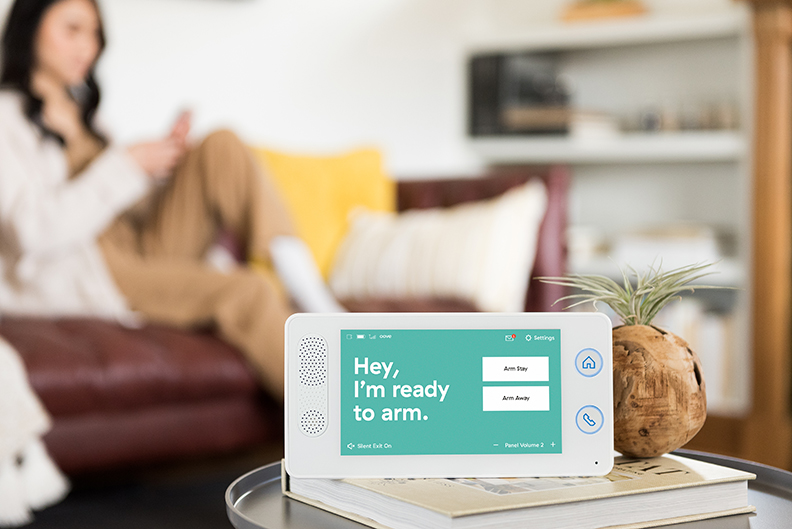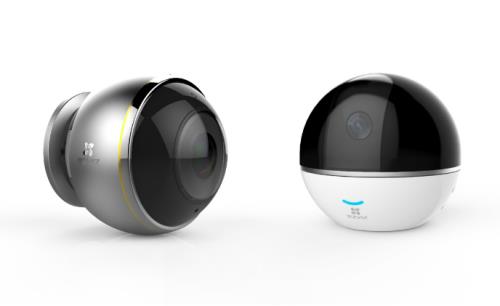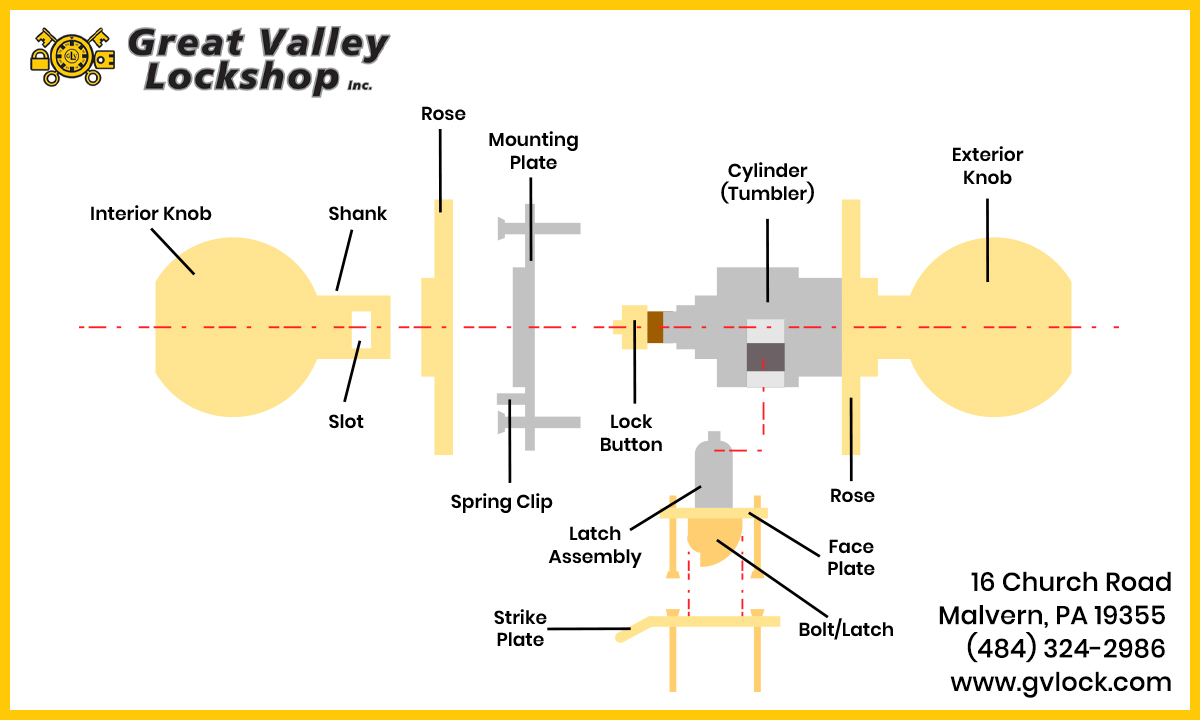
Ring door locks provide a great security option for many reasons. They are perfect for people who live with elderly parents or for business owners who would like guests to visit at their leisure. You can lock your front door once, and it's ready for guests.
Schlage Encode
Schlage Encode ring-door locks are compatible with Ring Home Security, Google Assistant, Amazon Alexa and other smart home platforms. The smartphone app lets users control the locks. Schlage Home's app offers many additional features, including setting alarms when someone approaches your door. This app is a great choice for people who want to be in control of their security.
There are many styles available for the Encode ring door lock, including Camelot and chiseled Century trims. Both are available in Satin Nickel or Matte black finishes and come with mounting hardware. This lock is designed for interior doors and will fit standard door thicknesses of 1-3/4 inches. The electronic warranty on this lock is three years.

Yale Assure
The Assure Lock SL slimmer smart lock is available. It features a touchscreen keypad and keyless entry. It also has a fingerprint sensor that makes it a great choice for homes with small children. You also get a 30-day guarantee and a warranty.
Yale Assure SL smart locking uses Z-Wave plus technology to communicate with Ring Alarm System. It is one of few Ring compatible locks that are certified. It can be used with most smart home platforms. Available in five finishes. It is easy to install and uses a touch screen to open and close the door. Assure SL has a standard keyhole beneath for a backrest. It also features a higher bar than similar models.
Kwikset SmartCode
Kwikset SmartCode rings doors locks can be used for unauthorized entry to your home. They are easy to install and don't require drilling. They work with a key or smartphone. Installation takes between 20-25 mins. Kwikset also includes a manual and a video installation.
SmartKey security technology prevents unauthorised access to the Kwikset SmartCode 914. The keypad can't be picked, bumped or broken and thieves cannot gain access to your home without permission. The smart lock also can be integrated with the Ring security system to prevent forced entry.

Schlage Connect
Schlage Connect rings door locks are ideal for smart homes because they have a variety of features. This smart lock can be connected to Amazon Key and Ring Apps, giving you complete control over your locks wherever you are. The lock is also grade 1 certified by BHMA/ANSI. This is the highest residential rating. Its built-in alarm alerts you if anyone rings the doorbell.
This smart lock offers many features including Zwave connectivity, Zwave capability, and remote locking/unlocking. You can also choose from multiple finishes to match different styles. This lock can be used in conjunction with Z-Wave Plus Smart Home Devices and Amazon Key.
FAQ
What is the distinction between surveillance cameras and security cameras?
Surveillance cameras may be used to monitor, but security cameras can also be used to protect.
Each type of camera has its pros and cons. They capture different types of images. Surveillance cameras record video in slow motion, so you can watch what's happening in real time. Security cameras, on the other hand, only record still images and video, which can be viewed later.
What is the highest rated home security system?
ADT Pulse (Ring Alarm), Vivint SmartHome Security, Protect America, and Vivint SmartHome Security are the most well-known home security systems.
Which is better: home security cameras or home security systems?
Home security cameras are less effective than home surveillance cameras. They can detect sounds and movement in any room, even if there is no one present. Home security cameras are easier to mount on doors and windows than those of home security systems.
What does it cost to have a great home security system installed?
A good home security system can cost about $2,500. This might seem like a lot, but it's really quite inexpensive when you consider the peace of mind that comes with having a safe and secure place to live.
What should I pay for alarm monitoring
The cost of alarm monitoring varies depending on the frequency you need it monitored, the equipment you require, and whether an all-inclusive or monthly package is chosen.
Do I really require a home security system?
If you own a home, you definitely need a home security system. The possibility of a burglar entering your house at any time is possible. They'll take anything they want, including expensive electronics and jewelry. If you don't lock the doors, they can just take everything.
Your home is protected by a home security system that alerts you to any potential dangers. This includes monitoring motion, sending you alerts to mobile devices, recording activity, as well as allowing access to recorded footage.
If you'd rathernot spend money on a home security system, you can always use a simple DIY camera instead. These devices can be used to monitor who is at your front door as well as send you notifications when someone enters or leaves. They won't stop burglars from entering your home.
What is the best home surveillance camera?
Consider purchasing a home security camera system to protect your family. These systems are simple to use and offer great benefits for homeowners as well as renters. They also allow you to monitor your property remotely through your smartphone, tablet, computer, or other mobile device.
Statistics
- (In my experience, the discount on my home insurance covered about 25 percent of the subscription of an average plan, but your mileage may vary depending on your location and the size of your home.) (theverge.com)
- Cove sets you free without punishing penalties and fees, unlike other security solutions that charge 75% to 100% of your remaining contract. (safewise.com)
- Depending on your insurance, 24/7 professional monitoring may qualify you for as much as 15% off your premium. (safewise.com)
- Related questionsHome security systems that are 100% DIY (safewise.com)
External Links
How To
How to Install Home Security Systems
A home security system is a device that monitors your property and alerts you if there's any activity. It could be a motion sensor, doorbell camera, smoke detector, fire alarm, flood alert, carbon monoxide detector, burglar alarm, etc. A home security alarm system often includes one or two sensors (e.g., motion detections), which send signals to the control panel when they detect movement. These signals are sent to a control panel, where they can be monitored and recorded. If something goes wrong, like someone breaking in to your house, the control panels sends an alert to your phone or tablet, your computer, or voice assistant. You will immediately be notified and can take appropriate action.
Selecting the right sensors for your home is an important step in installing a home security alarm system. There are two main types of sensors: passive and active. Passive sensors don't require batteries; they just pick up sounds and vibrations from their surroundings. They include doorbells, sirens and buzzers. Active sensors use electricity to transmit data. Examples of such sensors include cameras and motion sensor.
There are many options for sensors. Each brand has its pros and cons. Some sensors are waterproof, others are not. Some of them have built in speakers so that you can still hear them from outside. Others work only inside. Some of these are very basic, while others have advanced features such night vision.
After deciding on the best type of sensors for your property, you'll want to choose a manufacturer. This will help you ensure your sensors work well together. You will find many options in your local hardware store.
After you have chosen a brand, you will need to decide how many sensors you wish to purchase. Most people start with one or two sensors, depending on whether they live alone or with family members. If you are planning to add sensors later on, you may consider purchasing additional sensors.
Next, determine where you want your sensors to be placed. Do you want them close to doors or windows? Or are you happy to keep them hidden? Before placing them on your property, get permission. You should also ensure that they don't interfere with electrical outlets or other property features.
Now that you know the exact location of your sensors you will need a connection to your control board. You might need a power adapter for your setup. Once everything is setup, you will be able to monitor your property.